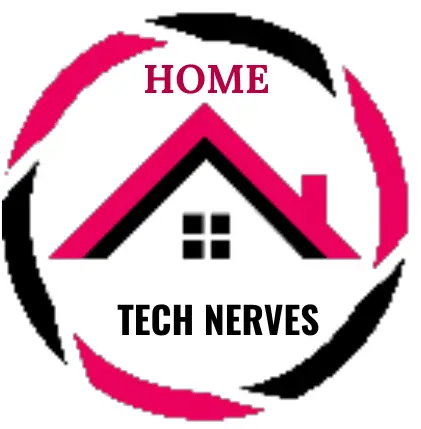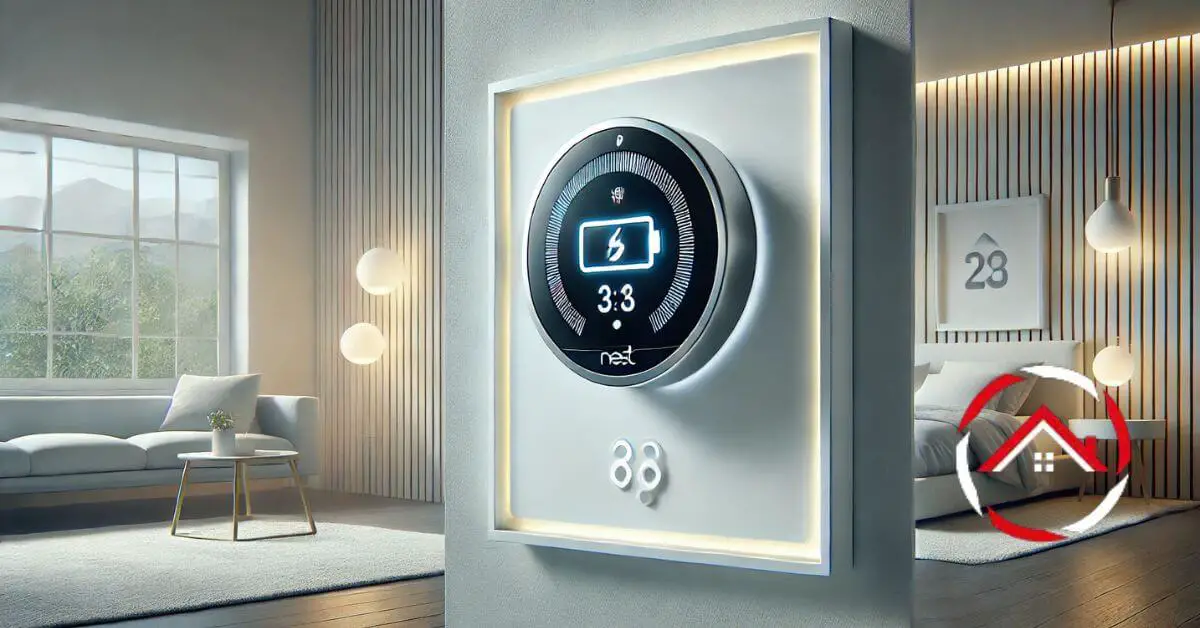Wondering how long it takes to charge a Nest thermostat? You’re not alone! Many users experience battery issues and want quick solutions.
A Nest thermostat typically charges on its own when connected to your system. But if the battery’s low, it can take up to two hours to fully charge.
While waiting, the thermostat will still work but with limited features. Knowing how to maintain its charge and troubleshoot issues is key to keeping your thermostat running smoothly.
Here’s everything you need to know about Nest thermostat charging time and tips to keep it powered up!
Table of Contents
How Long Does It take to Charge a Nest Thermostat with USB?
Charging a Nest thermostat with a USB is simple and efficient. When the thermostat’s battery is critically low, using a USB cable can recharge it in about one to two hours.
Just connect the thermostat to a compatible USB charger, and it will start regaining power. Charging with USB is ideal if the device is unable to charge directly from the HVAC system.
This method provides a quick boost, ensuring the thermostat’s essential features, like Wi-Fi and display, function smoothly.
Keeping a USB cable handy can help you maintain your Nest thermostat’s performance and avoid power interruptions.
Why Is the Light Blinking on My Nest Thermostat When Charging?
If you notice a blinking light on your Nest thermostat while charging, it’s a sign of its current status. This blinking is often normal but may also signal a battery or connectivity issue. Here’s how to understand and address it:
- Check the Battery Level: A blinking light usually indicates low battery power.
- Allow Time for Charging: It can take up to an hour for basic functions to return.
- Ensure a Strong Connection: Confirm the USB or HVAC connection is secure.
- Look for Error Messages: Check the thermostat display for warnings.
- Restart if Needed: A quick restart can resolve minor issues.
- Monitor Wi-Fi Status: A blinking light can signal Wi-Fi reconnecting.
- Contact Support: If blinking persists, Nest support can assist.
Do I Need to Charge My Nest Thermostat Before Installing?
Charging your Nest thermostat before installation can make the setup smoother. While the thermostat generally receives power directly from your HVAC system, pre-charging ensures it has enough power to complete the initial setup without interruptions.
If the battery is very low, using a USB cable for a quick charge (about 30 minutes) can help.
This allows the thermostat to connect to Wi-Fi, download updates, and perform initial tests seamlessly.
Though not required, pre-charging minimizes the risk of setup delays and ensures your Nest thermostat is ready to go right after installation.
Why Does My Nest Say It Needs to Shut Down to Recharge the Battery?
If your Nest thermostat displays a message about shutting down to recharge, it means the battery is critically low. This often happens when the device can’t draw enough power from the HVAC system to keep itself charged.
Here’s a breakdown of possible reasons and steps to resolve it:
Inadequate Power Supply
Nest thermostats need a steady power source from the HVAC system. Low voltage or power interruptions can cause battery drainage, leading to shutdowns.
Common with Older HVAC Systems
Older systems may not provide a constant power stream, causing charging issues for smart thermostats like the Nest.
Intermittent Wi-Fi Connection
Nest thermostats consume extra battery when searching for a Wi-Fi signal. Weak or unstable Wi-Fi connections can drain the battery faster than it can charge.
Faulty or Loose Wiring
Loose or damaged wires may interrupt the thermostat’s power source, leading to low battery warnings. Regularly check your connections.
Software Update Needs
The Nest may sometimes require a software update to improve battery usage. Make sure the thermostat is running the latest software version for optimal charging.
Heavy Usage of Advanced Features
High-energy features, like sensor monitoring and display brightness, can drain the battery. Reducing these can help conserve battery life.
Insufficient C-Wire Connection
Without a C-wire, the Nest may struggle to maintain a charge, especially in complex HVAC systems. Adding a C-wire adapter may stabilize power supply and prevent shutdowns.
How to Charge Nest Thermostat Manually?
If your Nest thermostat’s battery runs low and isn’t charging from your HVAC system, you can charge it manually. A quick USB charge can restore power and keep your thermostat functional. Here’s how to do it:
- Remove the Thermostat Display: Gently pull the display from its base to access the charging port.
- Locate the USB Port: Look for the small USB port on the back of the thermostat display.
- Use a Compatible USB Cable: Connect a micro-USB or USB-C cable based on your Nest model.
- Plug into a Power Source: Use a USB adapter or computer to charge the device.
- Charge for 1-2 Hours: Allow enough time for a full battery charge to avoid shutdowns.
- Reattach the Display: Once charged, reattach the thermostat display to the wall mount.
- Check Battery Status: Confirm battery levels on the display to ensure it’s fully charged and operational.
How to Charge Nest Thermostat 3rd Generation
Charging the Nest Thermostat 3rd Generation is simple and ensures consistent performance. When the battery runs low, a quick manual charge can keep your thermostat running smoothly. Here’s how to do it:
- Remove the Thermostat Display: Gently pull the thermostat from its base to access the USB port.
- Locate the Charging Port: Find the USB port on the back of the display, compatible with most standard USB cables.
- Use a Micro-USB Cable: Connect a micro-USB cable to the thermostat, specifically compatible with the 3rd Generation model.
- Plug into Power: Connect the USB cable to a wall charger or computer to initiate charging.
- Charge for 1-2 Hours: Allow the thermostat to charge for up to two hours for optimal performance.
- Reattach the Thermostat: Once charged, securely place the thermostat display back on its base.
- Verify Battery Level: Check the display for battery status to confirm a full charge before resuming use.
How Do You Know When Nest Thermostat Is Fully Charged?
Knowing when your Nest thermostat is fully charged helps you maintain its optimal performance. The device provides a few indicators that signal when it’s ready to go. Here’s what to look for:
- Observe the Display: A fully charged Nest thermostat displays a clear and responsive screen.
- Check the Battery Status: Go to settings to view the battery level and confirm it’s fully charged.
- Look for Stable Connectivity: A full charge supports Wi-Fi and sensor connectivity without interruptions.
- No Blinking Lights: When the battery is charged, the light indicator should stop blinking.
- Battery Warning Clears: Any “low battery” messages disappear once the thermostat is fully charged.
- Improved Response Time: A fully charged thermostat responds quickly to adjustments and changes.
- Settings Menu Shows Charging Status: Under the power settings, you’ll see a “charging complete” message when the charge is full.
How Often to Charge Nest Thermostat?
Most Nest thermostats don’t require frequent charging, as they draw power directly from your HVAC system.
However, if your thermostat lacks a continuous power source, such as a C-wire, you may need to charge it manually every few months.
Charging frequency depends on usage patterns, Wi-Fi stability, and HVAC power support.
If you notice the battery running low or the thermostat shutting down, it may be time for a manual charge using a USB cable.
Monitoring battery levels periodically will help you maintain a steady power supply and avoid interruptions in your thermostat’s performance.



Thank you for your sharing. I am worried that I lack creative ideas. It is your article that makes me full of hope. Thank you. But, I have a question, can you help me?